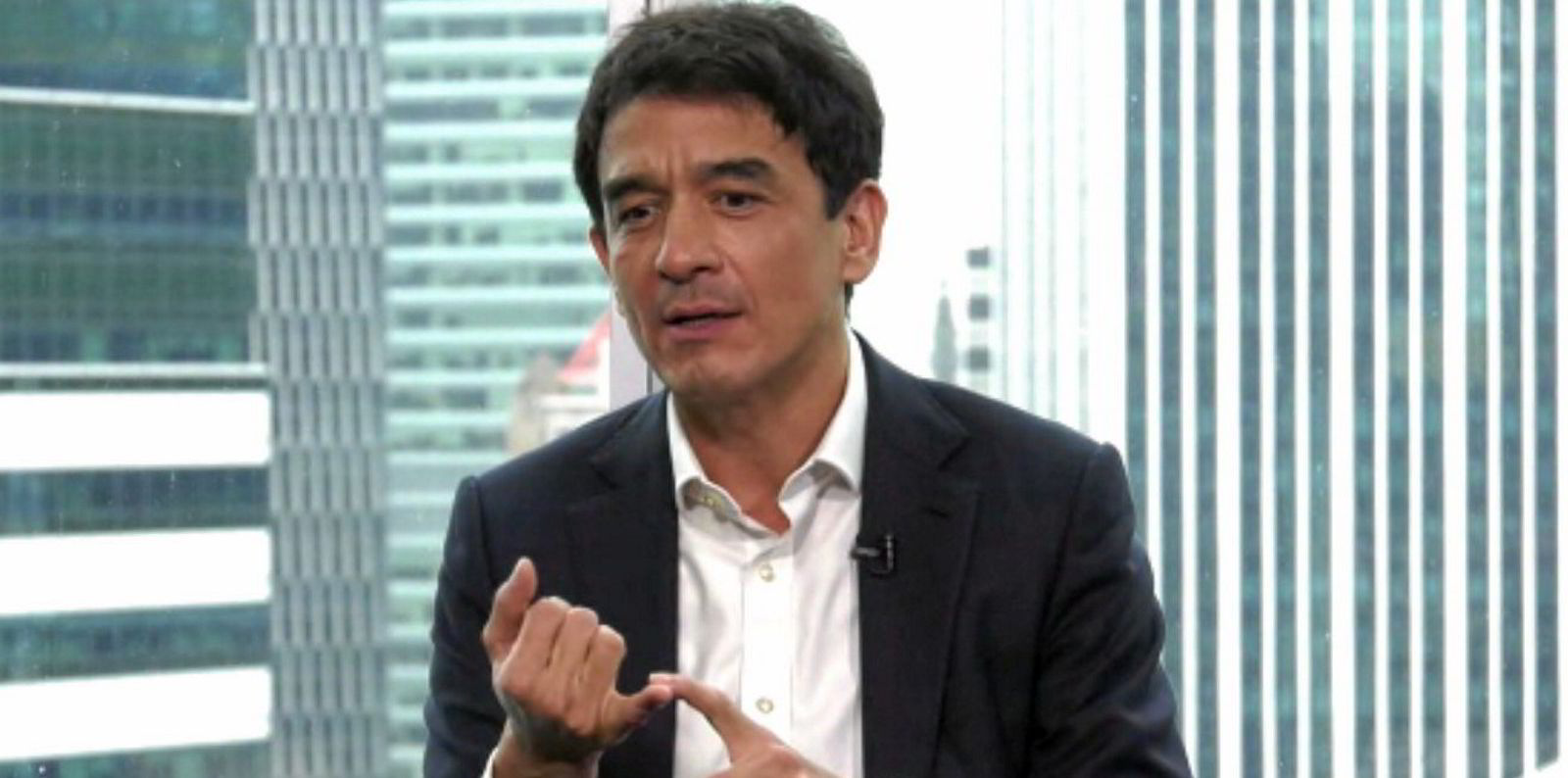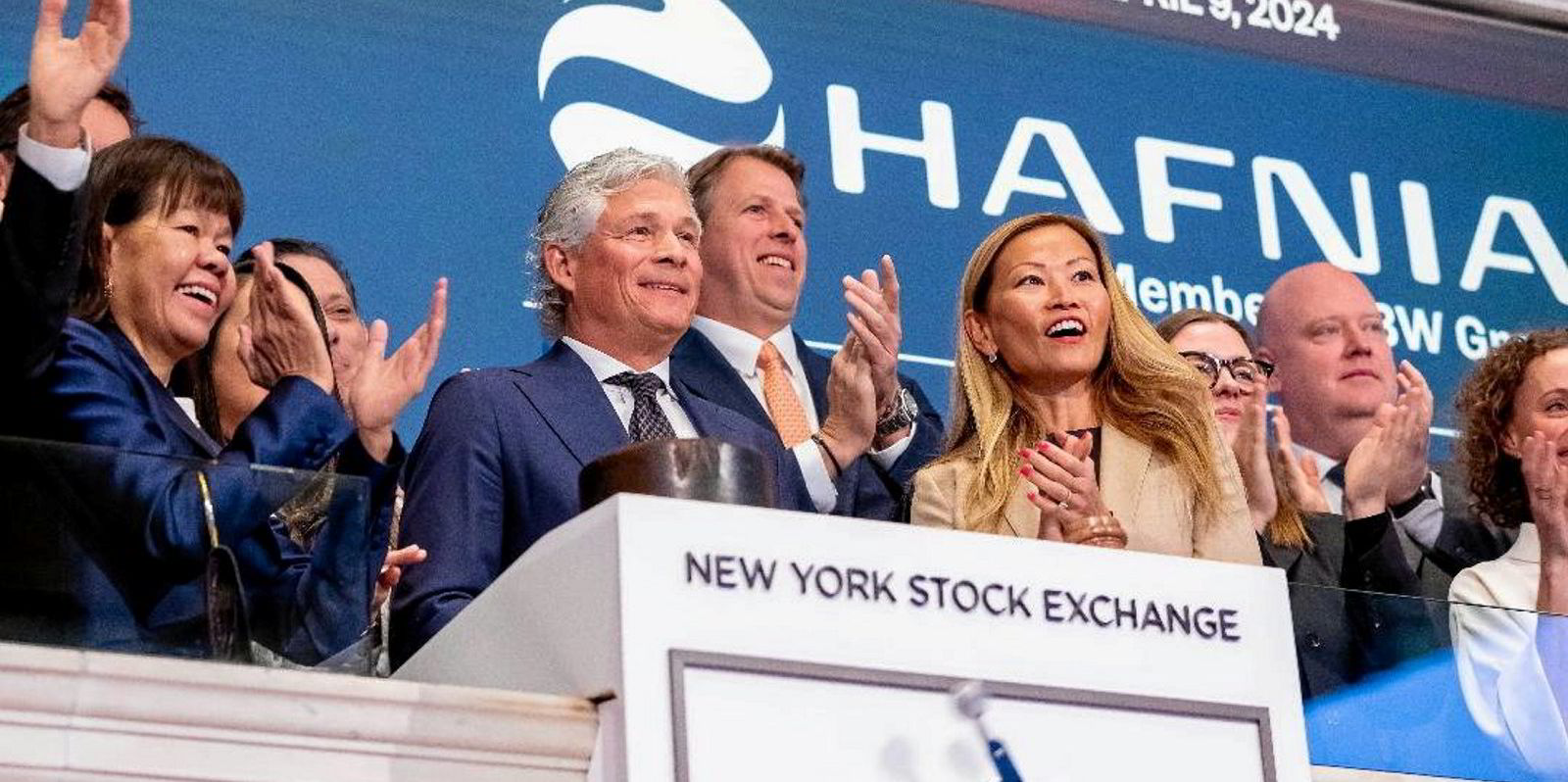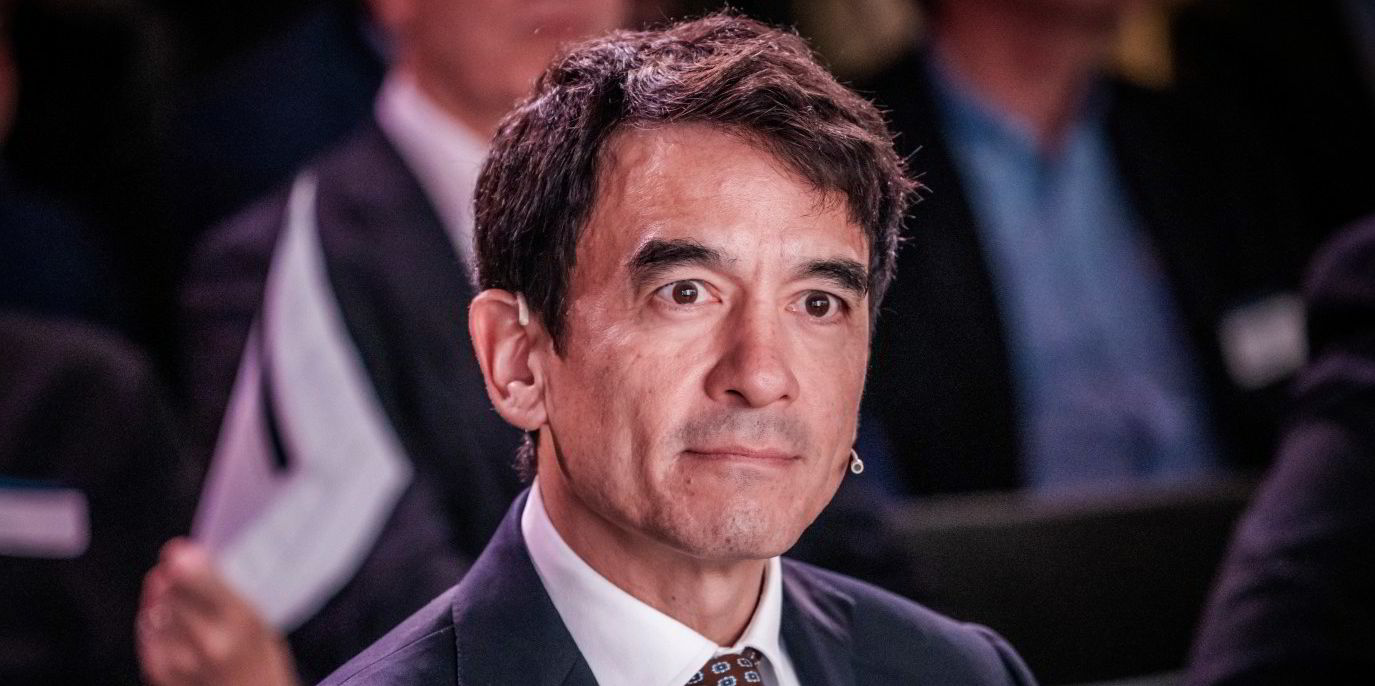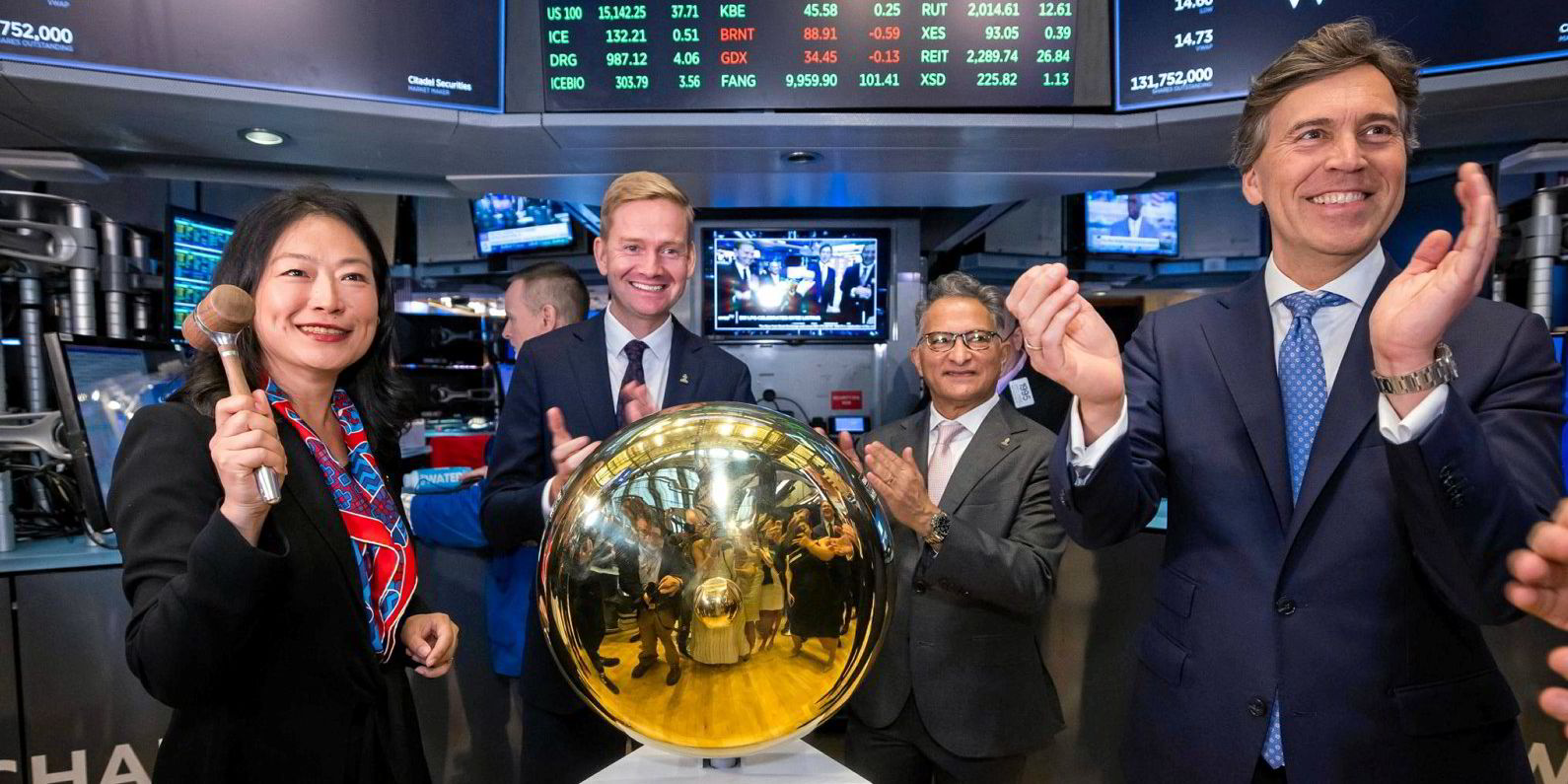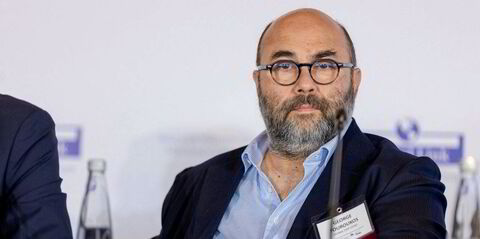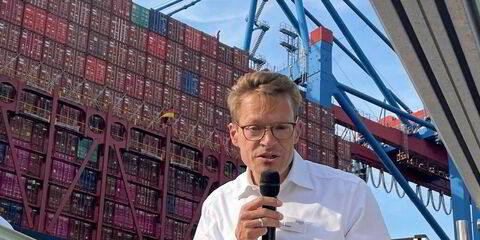BW Group product and chemical carrier owner Hafnia plans to build out a fleet of very large ammonia carriers in the next four years as it moves into new areas of energy transportation.
In its 2023 Sustainability Report, BW Group said US-listed Hafnia is working with ExxonMobil and Mitsui OSK Lines on a large-scale clean hydrogen-ammonia production and export facility — Ascension Clean Energy — to be located in Louisiana.
“Subject to the final investment decision … in the first half of 2025, the goal is to produce ammonia for export to Europe and Asia,” the group said.
“In addition, subject to FID, Hafnia intends to construct four to five [VLACs] by 2028, aligned with the start of ammonia production.”
BW said Hafnia is exploring biofuels and ammonia for bunkering and plans to expand these businesses. The group has also drawn up designs for liquefied CO2 carriers and very large CO2 carriers, which it dubbed VLCO2s.
The group, which listed 15 affiliated companies, said it cut CO2 emissions from its 26-ship LNG carrier fleet by 5.4% from 2022 to 2023.
It said the savings were made by a more energy-efficient fleet in combination with a focus on technical and operational aspects.
But while SOx emissions were down by 10% due to the reduced share of marine gasoil and very low-sulphur fuel oil in the fuel mix, NOx emissions increased by 10% due to changes in voyage patterns.
Overall, the Annual Efficiency Ratio (AER) last year improved by 10.7%, falling to 7.47 gCO2 per dwt-nautical miles (gCO2/dwt-nm) from 8.37 gCO2/dwt-nm in 2022.
The Energy Efficiency Operational Index (EEOI) improved by 1.3% from 20.91 gCO2/dwt-nm in 2022 to 20.64 gCO2/dwt-nm.
BW LNG intends to trial new machine learning-based software focusing on voyage and boil-off gas optimisation this year, allowing better decision support for charterer and owner, and ultimately driving reduced emissions.
The LNG arm is also exploring generative artificial intelligence and large language models. BW LNG has launched an internal ChatGPT-style application to handle queries from operational documents and provide real-time AI assistance for crew.
The company also gave figures for its nine-vessel bulker fleet, where AER fell from 3.45 gCO2/dwt-nm in 2022 to 3.21 gCO2/dwt-nm last year. EEOI was down from 6.62 gCO2/dwt-nm to 6.21 gCO2/dwt-nm.
BW said it has decreased average emissions per vessel across its businesses.
“We are on track to meet the International Maritime Organization … environmental goal of a 40% reduction in carbon intensity by 2030 and a 50% reduction in total annual [greenhouse gas] emissions by 2050, compared to 2008 levels,” it said.
Chairman Andreas Sohmen-Pao said that alongside its operational efforts to cut emissions and improve its social metrics, BW Group has been investing in companies that support the energy transition.
“Significant strides have been made across solar, wind, batteries, and we are also growing platforms in the circular economy such as biofuels and water,” he said. “Technology is being applied to accelerate these developments.
“Transition will not happen overnight. But like all human achievement, incremental progress will lead us to where we want to be.”
